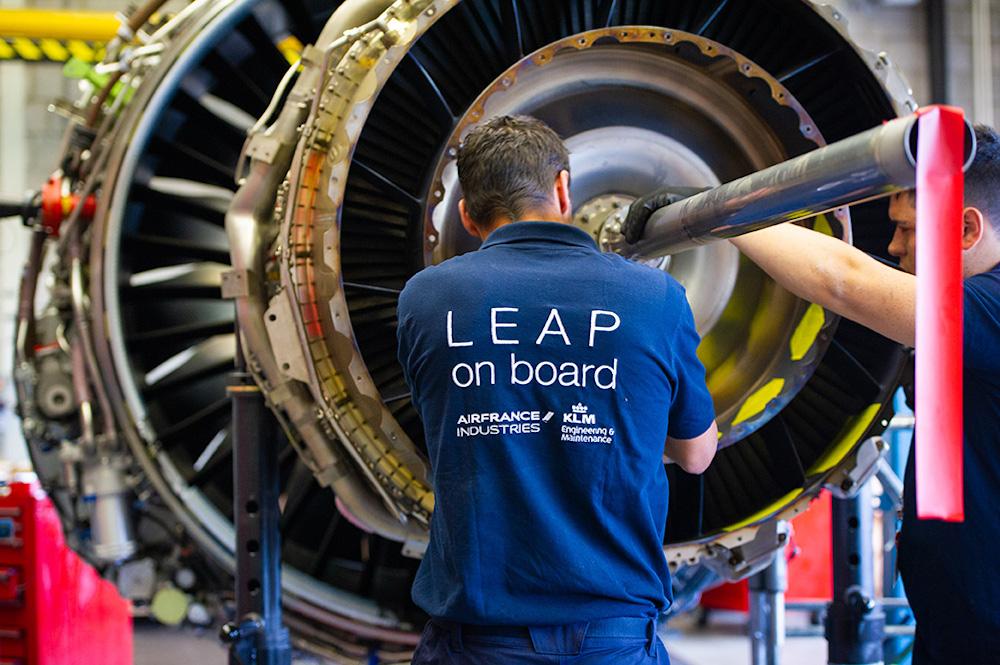
The knock-on effect of the collapse in passenger demand has become clearer in MRO providers’ second-quarter results, although the full severity of the crisis may be yet to materialize in the aftermarket.
In part this is because several big airlines and analysts now expect demand to return only in 2024, a year later than previously anticipated, but it is also because many airlines are being propped up by government schemes that are running out of road.
Even with the benefit of such schemes, many airlines already have taken an axe to their MRO outgoings.
“With the crisis, we have bad debt. We have clients which are going into bankruptcy. We have clients which are changing their contracts,” said Air France-KLM chief financial officer Frederic Gagey in a recent earnings call on the performance of the group’s technical arm, AFI KLM E&M.
“There is provision to be taken because there are some excess of stocks or there is some reevaluation of the profitability of some contracts. And because of that, there is almost €200 million of exceptional items, which are hitting as operating result of the maintenance operations,” Gagey added.
Local rival Lufthansa Technik also has written down the value of its receivables, and such problems are not just confined to Europe.
In the U.S., AAR’s customer contract termination and restructuring costs were roughly $31 million for the 12 months to May 31, 2020, versus zero the year before.
The big question is how much worse it will get. Hefty allowances already have been made for airline failures and restructurings even though many were benefitting from government payroll support or loan schemes.
When these run out, or when airlines burn through what is left of their liquidity, MRO providers may face a new reckoning and further, larger write-downs.





